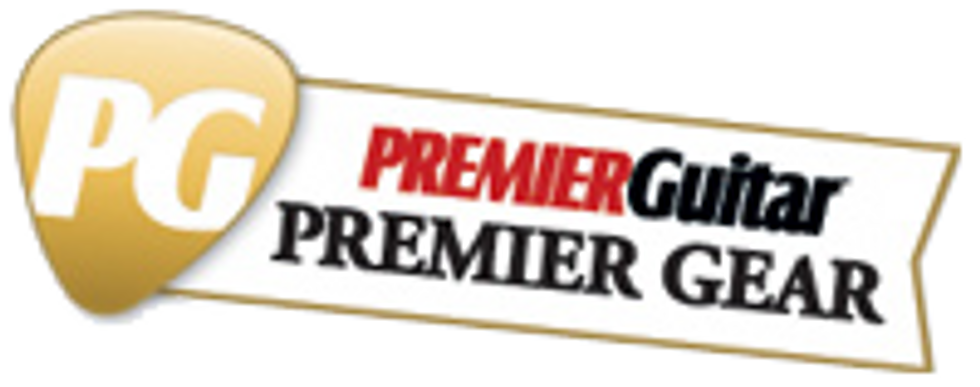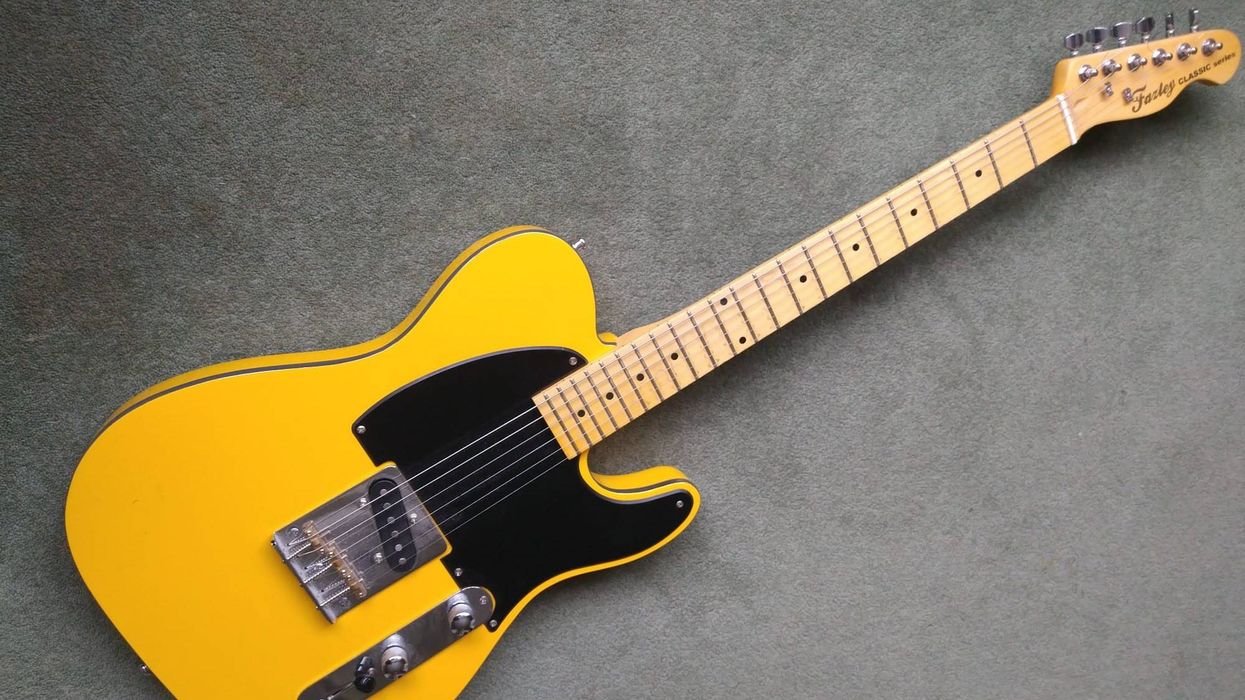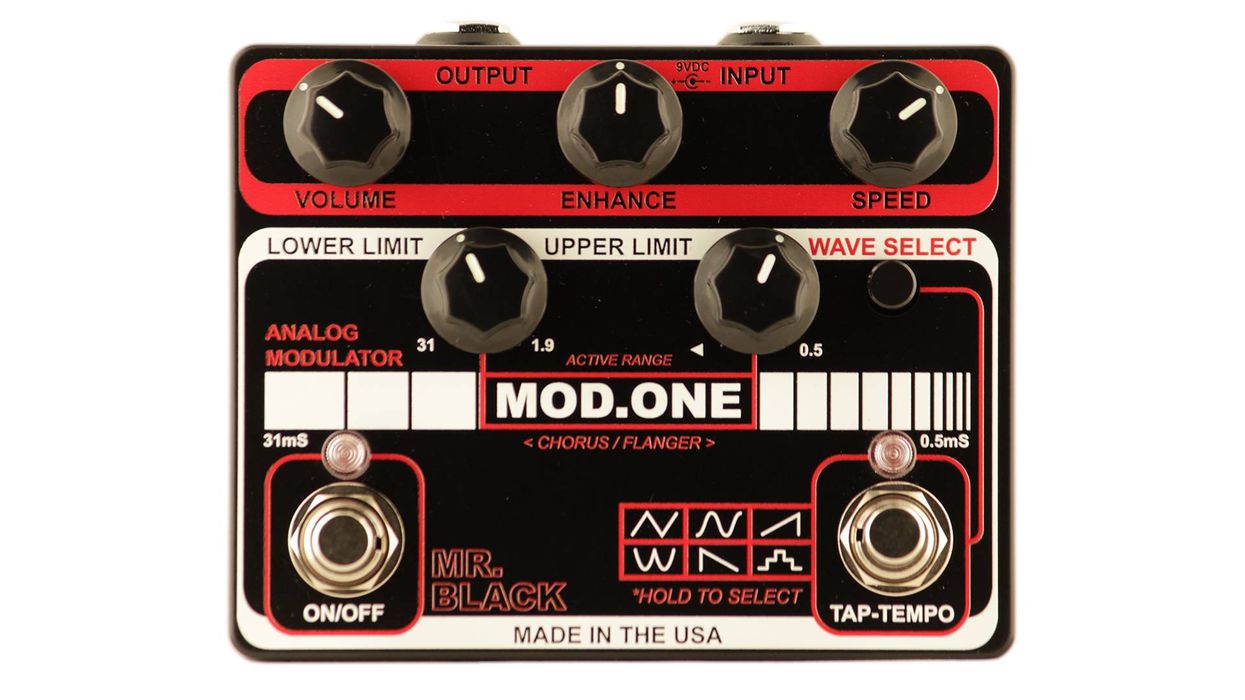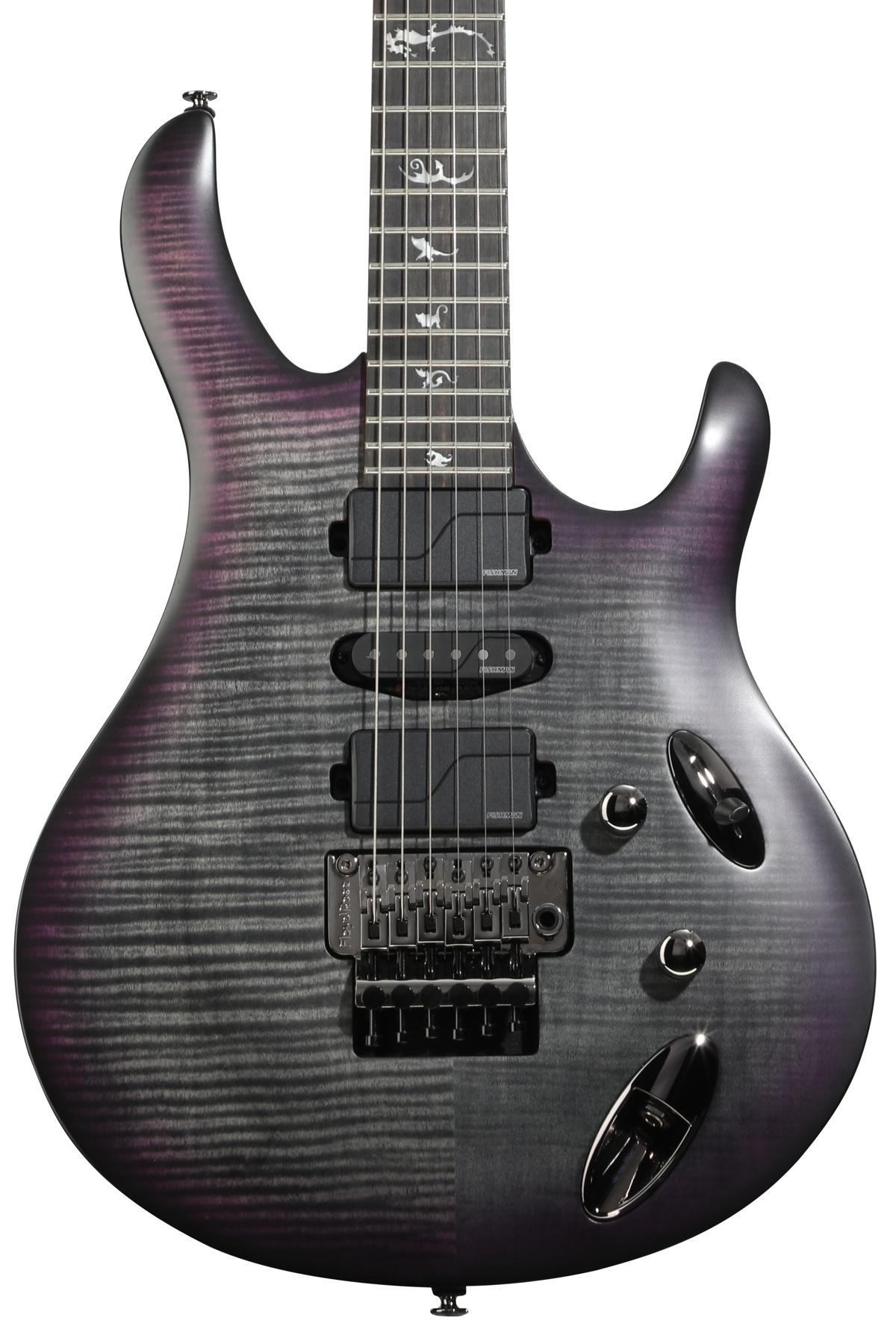A simple, easy-to-use reverb pedal can be as essential as a kid's favorite wooby. It comforts you when the harshness monsters jump from your speakers. And while you sometimes barely notice its presence, something just doesn’t feel right when it’s missing.
Thankfully, not all ’verbs are created equal. For the surf-minded, a buoyant and spongy spring sound is the ticket. The psych set might dig on the expansiveness of a large hall for mind-altering ambient settings. In other words, creating and tweaking these artificial acoustic properties is a bit of a rabbit hole. Thankfully, Crazy Tube Circuits’ latest version of their Splash reverb captures a wide array of tones in a relatively small package.
Back to the Future
Perhaps the biggest improvement over Splash’s previous iteration is an extra mode accessed via a central toggle switch. Surrounding the toggle is a quartet of controls that includes decay, mix, and volume, plus the mysteriously named excite. An added bonus is the push-pull mix knob that also sets the attenuation of your dry signal. Way cool!
With the first algorithm—dubbed “the exciter”—the overall sound is surprisingly warm for a digital unit. The excite knob earns its keep here: at about 11 o’ clock, the wet signal starts to develop beautiful hints of modulation and harmonics that creep up and caress the dry sound as the knob is maxed out.
Ratings
Pros:
Realistic spring reverb. Handy volume control. Impressive build quality.
Cons:
No expression pedal control. May be tough to adjust settings onstage.
Tones:
Ease of Use:
Build/Design:
Value:
Street:
$248
Crazy Tube Circuits Splash MK III
crazytubecircuits.com
One of my favorite tones is to dime the excite and mix knobs, yielding an odd mix of spring ’verb and hall elements, but with plenty of fundamental guitar tone. It’s a natural fit for background arpeggios that need some air to sit properly within a crowded mix.
Trad Tones
For more traditional guitar reverb flavors, the second algorithm is a good place to start. The biggest issue I have with my blackface Deluxe Reverb is that it gets too deep too quickly. But with the Splash, I could walk that fine line between a soft hint of space and the crashing sound we all love. The refreshing responsiveness let me bring out different accents in in a way that rivals some of the best tube reverbs I’ve ever plugged into. In both the second and third modes, the excite knob exerts a more subtle effect—even maxed out, it wasn’t quite as useful as in the first algorithm. (Secret trick: I’d sometimes crank the Splash’s volume control and use it as an off-the-wall boost when combined with my amp’s reverb.)
Rolling in the Deep
These days it’s hard to miss the wash (pun intended) of ambient ’verbs on the market. It just seems like there’s a growing need for cavernous, spacey tones! Splash’s third mode is a luscious soundscape machine that will instantly make you gaze at your shoes. With a healthy amount of decay and a wet mix setting, the effect tiptoes on the edge of oscillation. In more ethereal settings, the ability to create faux echoes and crashing waves with the slam of your pick is exciting and inspiring. The Splash’s mix control took me from the slightest hint of natural space to vast, Grand Canyon-like reverb without ever losing sight (or sound) of my guitar.
The Verdict
The Splash is an extremely well designed box that covers much spatial territory. Sometimes you just don’t need a million buttons, switches, presets, and a touch screen to access a wealth of tones. Admittedly, the Splash might work best onstage as a set-and-forget stomp, but that’s a small price to pay for such a fine collection of creatively musical reverbs.









![Rig Rundown: Russian Circles’ Mike Sullivan [2025]](https://www.premierguitar.com/media-library/youtube.jpg?id=62303631&width=1245&height=700&quality=70&coordinates=0%2C0%2C0%2C0)


























